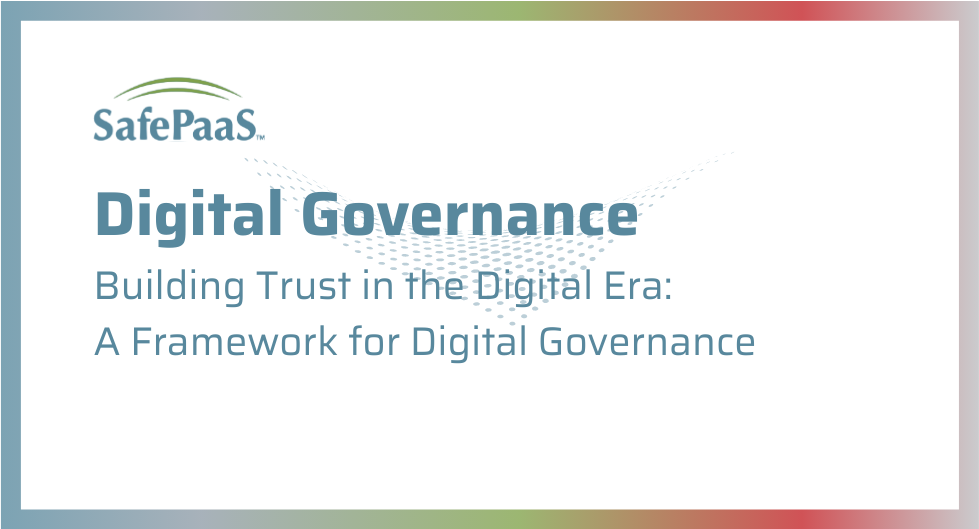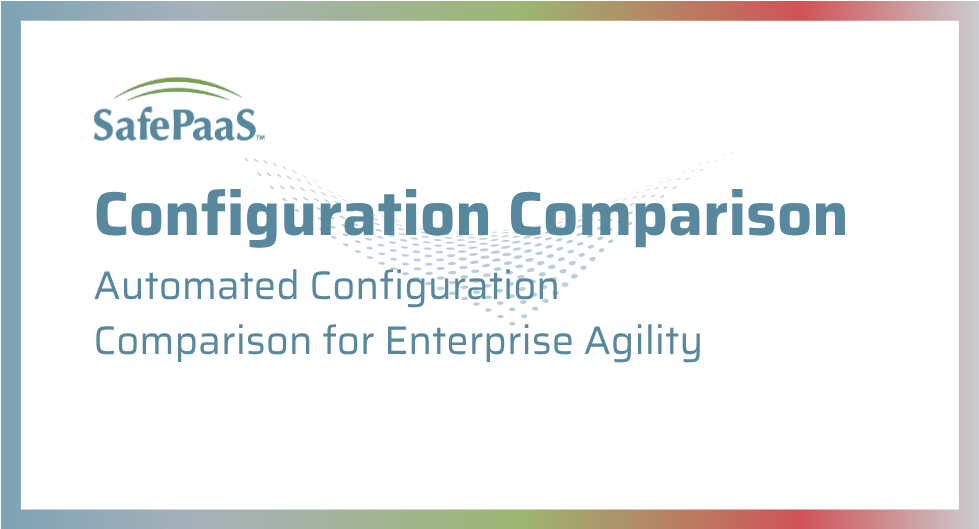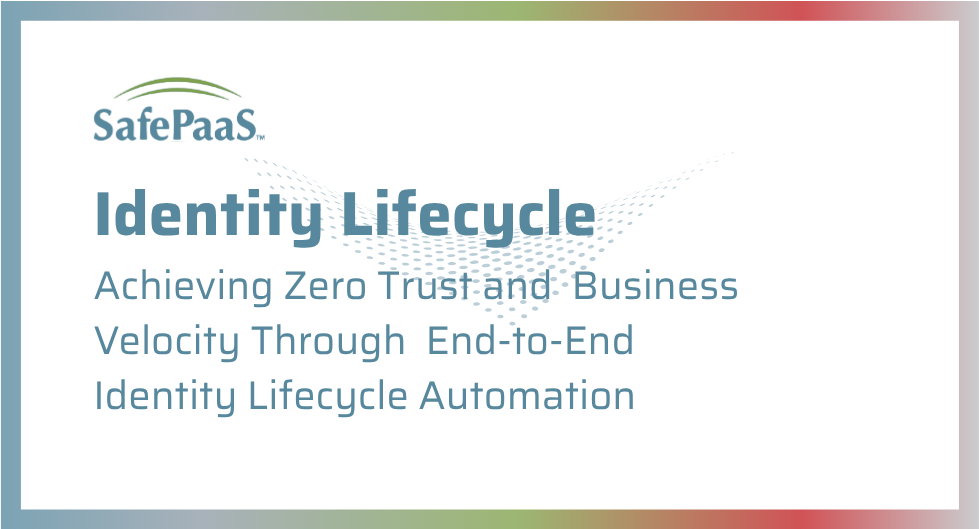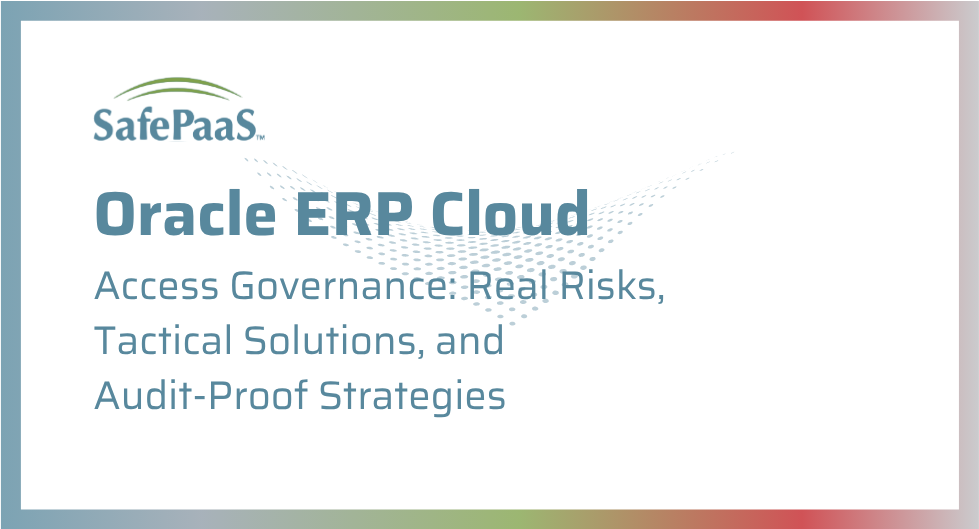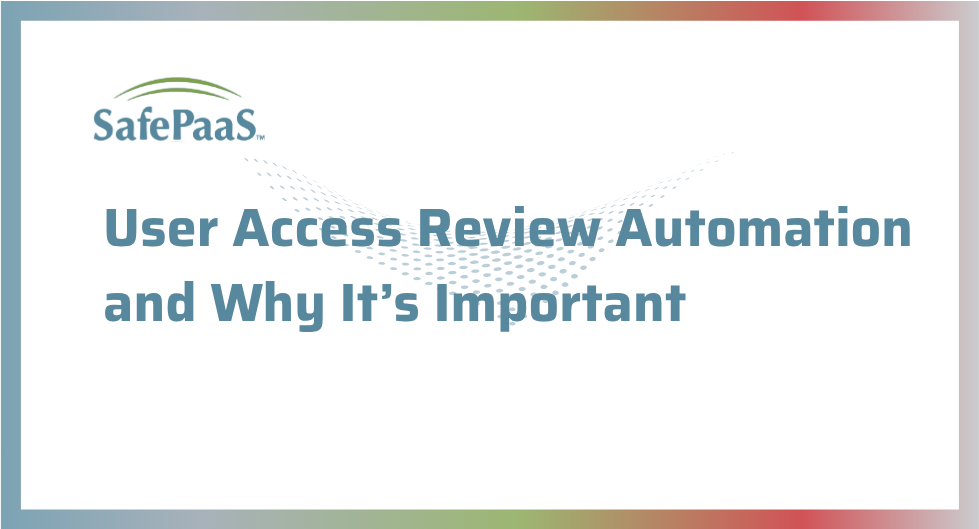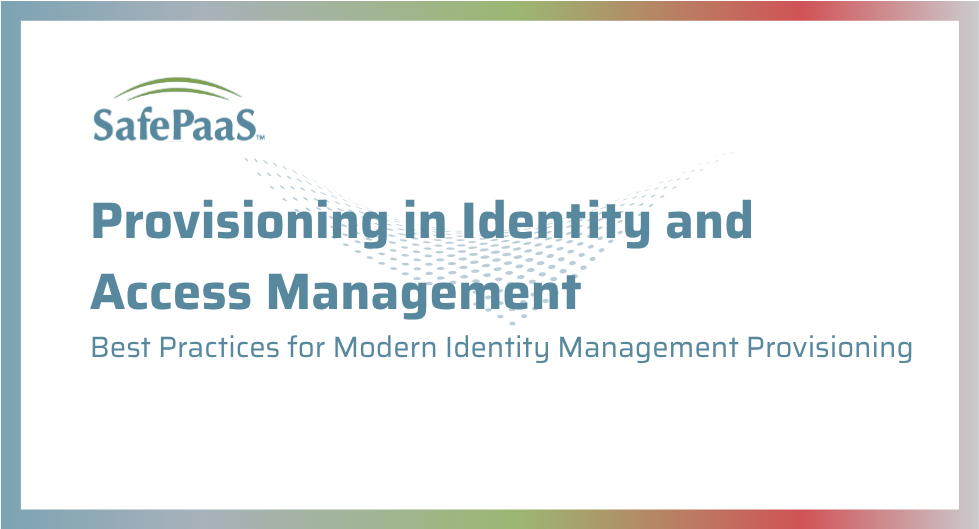As organizations accelerate digital transformation, they face complex challenges in managing data, technology, and compliance. Digital governance provides the structure and accountability needed to align technology adoption with organizational values, regulatory requirements, and business strategy.
This blog explores the role of digital governance in modern enterprises, highlights key principles discussed in Episode 1 of the Digital Governance Podcast, and provides practical steps for implementing a governance framework that enables both innovation and trust.
The Imperative for Digital Governance
Digital transformation initiatives often introduce risk:
- Data privacy concerns arise as sensitive information flows across systems.
- Regulatory obligations such as GDPR, HIPAA, or sector-specific compliance.
- Operational inefficiencies caused by siloed technology decisions
Without governance, organizations risk undermining the very benefits of their digital investments. Digital governance establishes policies, processes, and oversight mechanisms to ensure technology serves strategic objectives while managing risk.
Key Principles of Digital Governance
Digital governance is not just about compliance—it is about trust, accountability, and alignment. Core principles include:
- Transparency – Clear decision-making processes for technology adoption and data use.
- Accountability – Defined roles and responsibilities across IT, business, and compliance teams.
- Risk Management – Policies to identify, assess, and mitigate digital risks.
- Alignment – Ensuring digital initiatives directly support organizational strategy.
Framework for Implementing Digital Governance
A successful digital governance program should be practical, scalable, and embedded into daily operations. Recommended steps include:
- Define Governance Structure
- Establish committees or working groups with cross-functional representation.
- Assign clear roles for decision-making and oversight.
- Develop Policies and Standards
- Create guidelines for data management, security, and technology adoption.
- Standardize evaluation criteria for new digital initiatives.
- Embed Risk and Compliance
- Integrate governance with enterprise risk management (ERM).
- Map regulatory requirements into operational processes.
- Measure and Monitor
- Use KPIs to assess governance effectiveness.
Continuously review policies against evolving digital and regulatory landscapes.
Strategic Takeaways
- Governance enables innovation. By setting guardrails, organizations create a safe space for experimentation and digital growth.
- Trust is the outcome. Effective governance reassures customers, regulators, and stakeholders that digital initiatives are handled responsibly.
- Culture matters. Governance must be embedded into organizational culture, not imposed as an afterthought.
Digital governance is no longer optional in an era of rapid transformation, data proliferation, and heightened scrutiny. By adopting structured governance frameworks, organizations can balance innovation with compliance, strengthen stakeholder trust, and position themselves for sustainable digital success.
